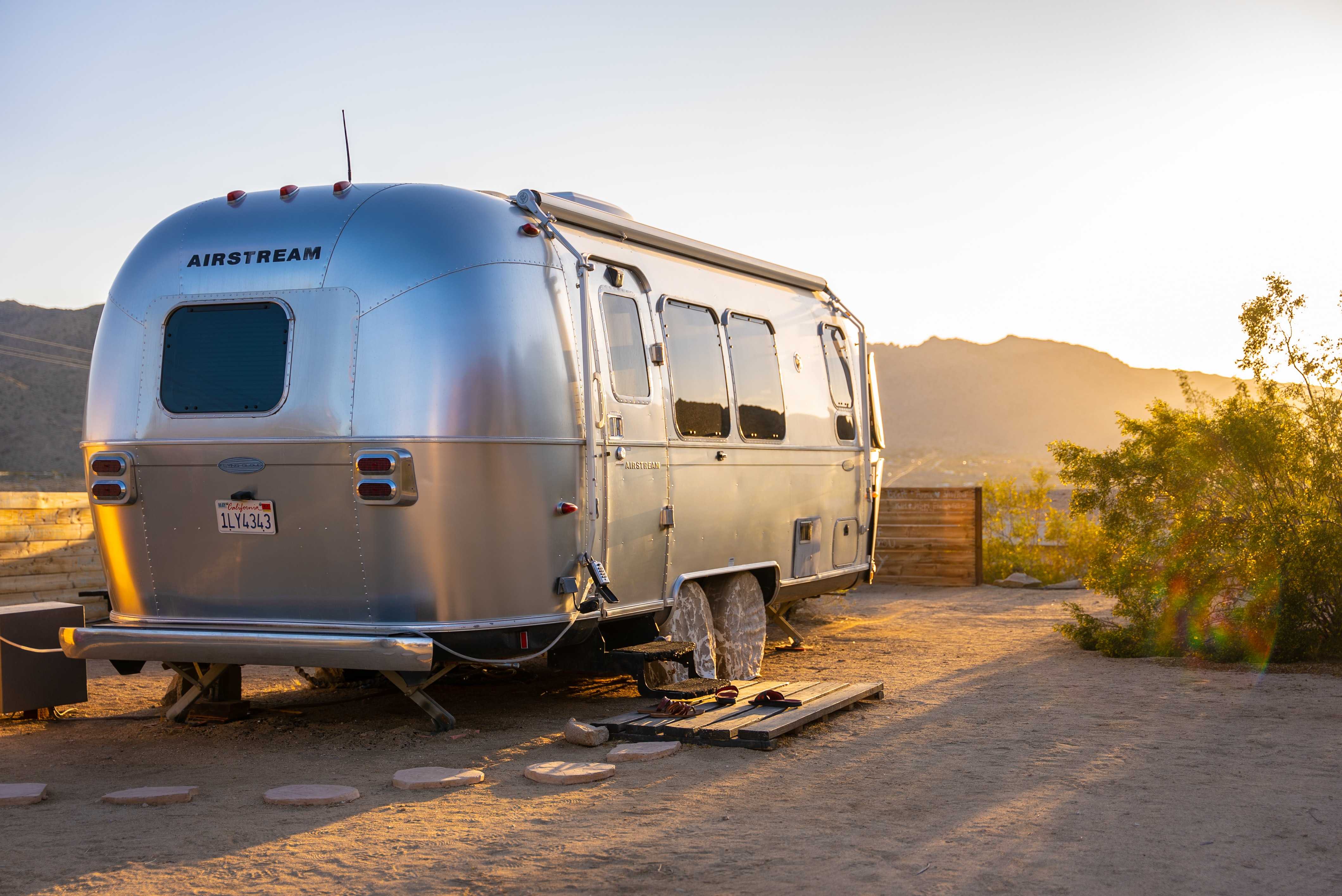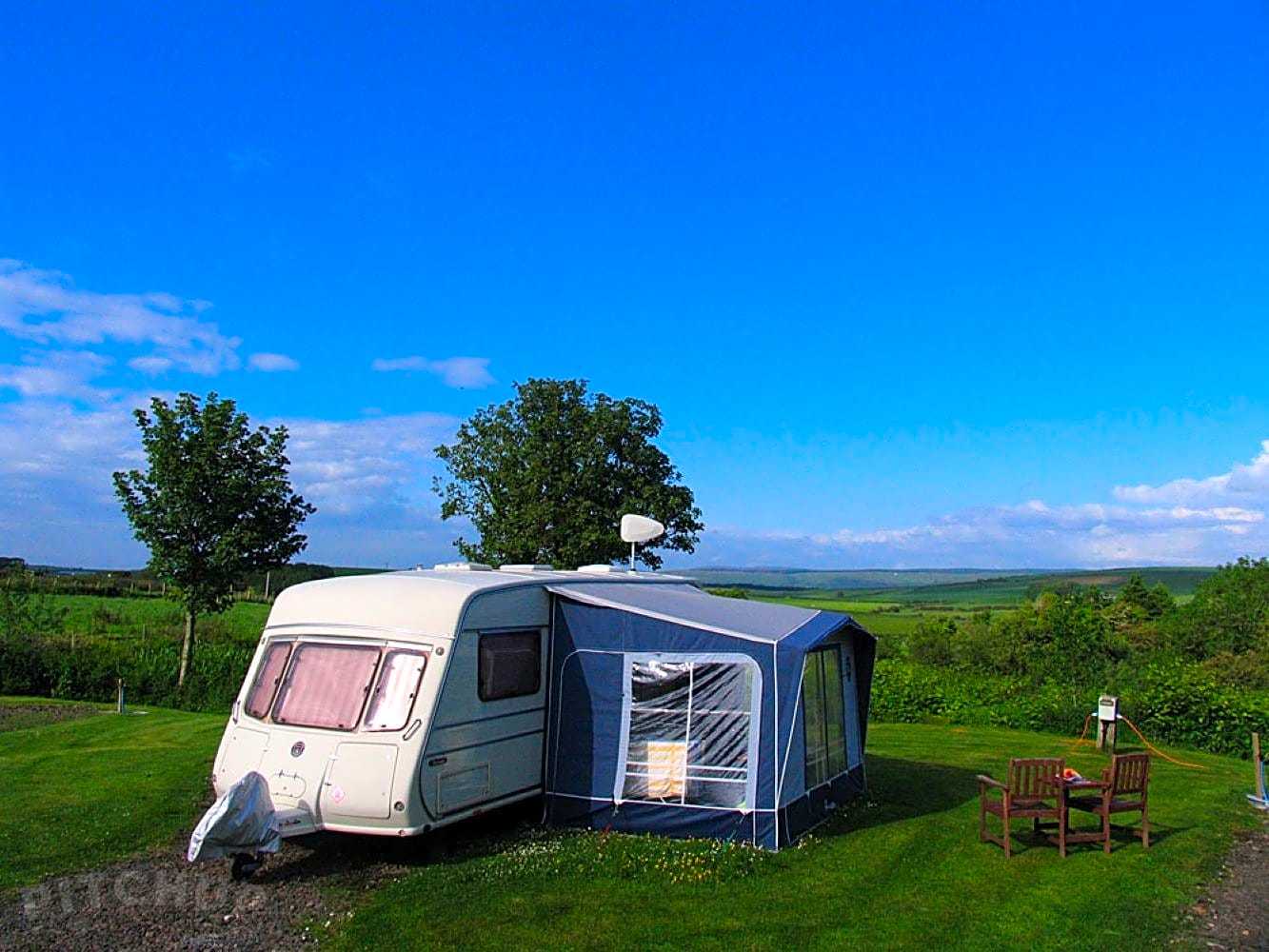Guide to buying and owning a touring caravan
 Owning a touring caravan is a goal for many people – and for good reason. It gives you the freedom to explore without needing to book pricey hotels, and also means you can keep more of your belongings close by.
Owning a touring caravan is a goal for many people – and for good reason. It gives you the freedom to explore without needing to book pricey hotels, and also means you can keep more of your belongings close by.
How to buy a touring caravan
Your first consideration when buying a touring caravan is whether to go new or used. Here are the pros and cons of both options.
New touring caravans:
-
Are more streamlined and aerodynamic, making them easier to tow
-
Will generally have a longer lifespan than a used caravan
-
Will come with a lengthier warranty or guarantee
Used touring caravans:
-
Are generally cheaper than new tourers
-
Don’t depreciate in value as much as brand-new models
-
Come in a varied choice, including retro options like Airstreams
Tips for buying a used touring caravan
If you decide to go for a second-hand tourer, keep this advice in mind when shopping around.
-
Ask for the user handbook. All post-1970s caravans will have one
-
Take the van on a towing test drive to make sure it’s roadworthy
-
Check for internal damp with a moisture meter – especially around windows, doors and roof lights
-
Look under the sink and around pumps for leaks
-
Keep an eye out for corrosion underneath the exterior
-
Assess the condition of the tyres (they should be no more than five years old)
-
Take a look at the brake linkages
-
See whether the corner steadies are unbent and easy to operate
-
Ask about the service history – this will show details of any previous issues with damp, electrics, wheels, brakes and so on
-
Get the Vehicle Indication Number (VIN) – every touring caravan in Europe sold after 1992 should have this information
-
Request the certificates of compliance for the gas equipment (inspections should be done yearly)
-
Confirm the seller isn’t misleading you about the caravan’s age. Find the chassis number and contact the manufacturer for the construction date
-
Obtain the Caravan Registration & Identifications Scheme (CRIS) number and get a CRIS check as reassurance that it isn’t a stolen van. This is usually on the windows and stamped on the chassis
Where to find tourer caravans for sale
Dealerships
Make sure the dealership you’re considering is licensed and accredited. It’s best to pick one that’s approved by the National Caravan Council (NCC). Take a look at the dealer’s reviews on Google, too.
Online
There are hundreds of reputable second-hand marketplaces, including some dedicated to caravans and motorhomes, where you can buy a tourer. CaravanFinder and Autotrader are two popular options. Just make sure to do your research and always check over the van in person before parting with any cash.
Trade shows
You can buy modern caravans – as well as just get a sneak peek of the very latest models – at trade shows. These events host a range of dealers and brands. Even if you don’t intend to purchase at the show, it’s worth visiting to see the layouts of several different tourers in person.
How do I choose the right touring caravan to buy?
Once you’ve decided whether to go used or new, there are various other factors to consider when buying a touring caravan.
Types of touring caravans
Single or twin axle?
The main difference between these two common tourer styles is that single-axle caravans have one wheel while twin axles have two.
Single-axle touring caravans
Pros:
-
Easier to manoeuvre than twin-axle caravans
-
You can tow them with smaller vehicles
-
Cheaper to insure than twin axles
Cons:
-
Less stable than twin-axle caravans
-
Can take less weight inside
Twin-axle touring caravans
Pros:
-
More grip and stability than single-axle caravans
-
Have a higher payload (to accommodate more belongings)
-
Have a lower noseweight (the downward force on your tow bar when the caravan is being towed)
Cons:
-
Heavier than single-axle models
-
Generally more expensive
-
Use up more fuel than single axles
To learn about a wider range of popular caravan types – including pop-tops, folding caravans and teardrop trailers – take a look at this list.
Touring caravan size and weight
A good rule of thumb is to buy the smallest model you need. This is because a longer caravan is:
-
Trickier to manoeuvre through gateways and along drives
-
More difficult to park, both at home and on site
-
Harder to store when you’re not travelling
Most caravans are at least 3 metres long. If you’re in the UK, it’s not worth buying a model that’s more than 7 metres in length as it’s illegal to tow a caravan bigger than this (and/or weighing more than 3,500 kilos) on British roads.
Top tip: Just because a touring caravan is larger doesn’t necessarily mean it’ll be heavier. Smaller models with lots of add-ons can weigh more than bigger options with fewer contents.

Touring caravan layouts
Here are some considerations when deciding on the right caravan layout for you.
Berths
If you travel as a couple, you don’t necessarily need more than a two-berth caravan, but many opt to go for a four-berth for the extra room. If you have a family – or plan to take friends away on holiday with you – perhaps a caravan with five or six berths would suit you better.
Fixed beds
These beds stay in the same place permanently, usually on either side of the corridor running through the caravan’s centre. This means you don’t have to fiddle around pulling them out every night. However, they do take up more space in the daytime.
Bunk beds
Bunks are great for making the most of your tourer caravan’s wall space. They’re a particularly popular option for families with children.
Pull-out beds
You can fold some beds away or have them double up as sofas. Ideal for group travel and to give you that extra bit of floor or seating space during the day.
Double bed
Couples may prefer a bed that fits two instead of opting for twins. Look out for caravans with a separate double bedroom, giving the adults a little more privacy away from the kids.
Headroom
-
Are you particularly tall? Take note of the model’s ceiling height and bed length. Stooping all the time and sleeping with your feet dangling off the mattress at night can become tedious.
Bathroom
-
Would you prefer a proper shower cubicle to a wet room?
-
Do you need a central bathroom, rather than an ensuite, so that all guests can access the toilet more easily at night?
-
Would you trade a larger washroom for more interior floor space? (This can suit people who rely on campsite facilities.)
Kitchen and dining
-
Would you prefer a permanent dining area or a dinette that folds into extra beds?
-
Do you intend to cook a lot or eat out? How much storage space do you need in the kitchen?
-
Are the worktops at a comfortable height for you?
-
What appliances will fit in the kitchen? Can you live without a full oven and microwave or are these essentials?
-
Does the positioning of the kitchen (which is usually heavy) affect the caravan’s balance?
Preparing for your first holiday in a tourer
Once you’ve bought your touring caravan, you’ll want to learn about:
-
The best items to pack. This caravan checklist will help.
-
The rules for towing a caravan.
-
How to hitch a touring caravan safely and effectively.
-
The practicalities of pitching a tourer caravan.
-
Pitching up with access to an electric hook-up (and how to use one).
We also have plenty more essential advice in our guide to touring caravan holidays.
FAQs: Buying and owning a touring caravan
What’s the average price of buying a touring caravan?
To purchase and set up a touring caravan, the average cost is around £26,000 (brand new) and £15,000 (used). You'll also need to put aside about £2,500 per year to run and store your caravan.
Do touring caravans hold their value?
Touring caravans depreciate by approximately 20% as soon as you buy them. After that, they lose around 15% of their value annually. The exact loss will depend on the condition, manufacturer, model popularity, layout and any add-ons.
What’s the lifespan of a touring caravan?
If you take care of your caravan, it should last at least 10 years. The average lifespan of a tourer is said to be around 14 years. You can look after yours by checking the body annually to make sure it stays waterproof. Damp is the biggest problem for caravan owners.
Does a touring caravan need an MOT or road tax?
No, it doesn’t legally require either. It's your responsibility to make sure the caravan is roadworthy. It is, however, our recommendation to get it serviced regularly.











